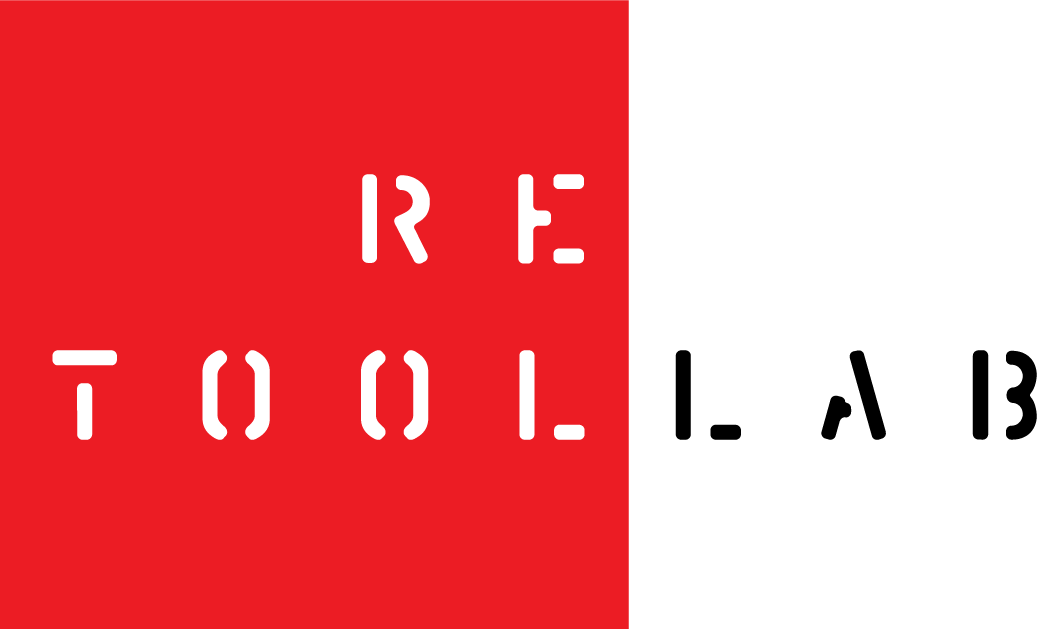How universities squander the opportunity to build a leadership brand.
I worked as a book editor with University of Toronto Press for several years in the mid-1990s. That was a long time ago, and yet it was a defining experience. I still like to think of myself as a publisher. And yet, when I got into branding, I continued to advance the idea of publishing as a great way to build and extend corporate identity – everyone, from corporations to museums needs to tell their story and position their leadership in the marketplace of ideas.
And to this day I have never understood why more universities don’t have university presses.
Suffice to say that when articles about university presses pop up, I’m an avid reader. And I enjoyed Margaret Renkl’s homage – “University Presses Are Keeping American Literature Alive” – last fall in the New York Times.
As Margaret notes, everybody ought to have access to books that matter, and yet university presses “are easy to overlook even as they go about their quiet work of keeping American literature alive.” But, she adds, they “are essential” to the marketplace of ideas.
One thing Margaret doesn’t mention was a 2008 report about scholarly publishing by think tank Ithaka. In a nutshell, that report argued that one of the most under-utilized branding tools a university had, and usually overlooked, was publishing. So I wrote about it – several times. They’re now old articles, but the message is evergreen: for universities and museums that want to be seen as leaders in the marketplace of ideas, it’s still a case of “publish or perish.”
Have a look at these three previous articles from our 2012 ContraBrand anthology publication that seem particularly relevant to this issue: “Carleton has the right dream, now it must provide the evidence,” “Where is the Canadian university in the marketplace of ideas?” and “Branding isn’t an enigma, organizations are”

